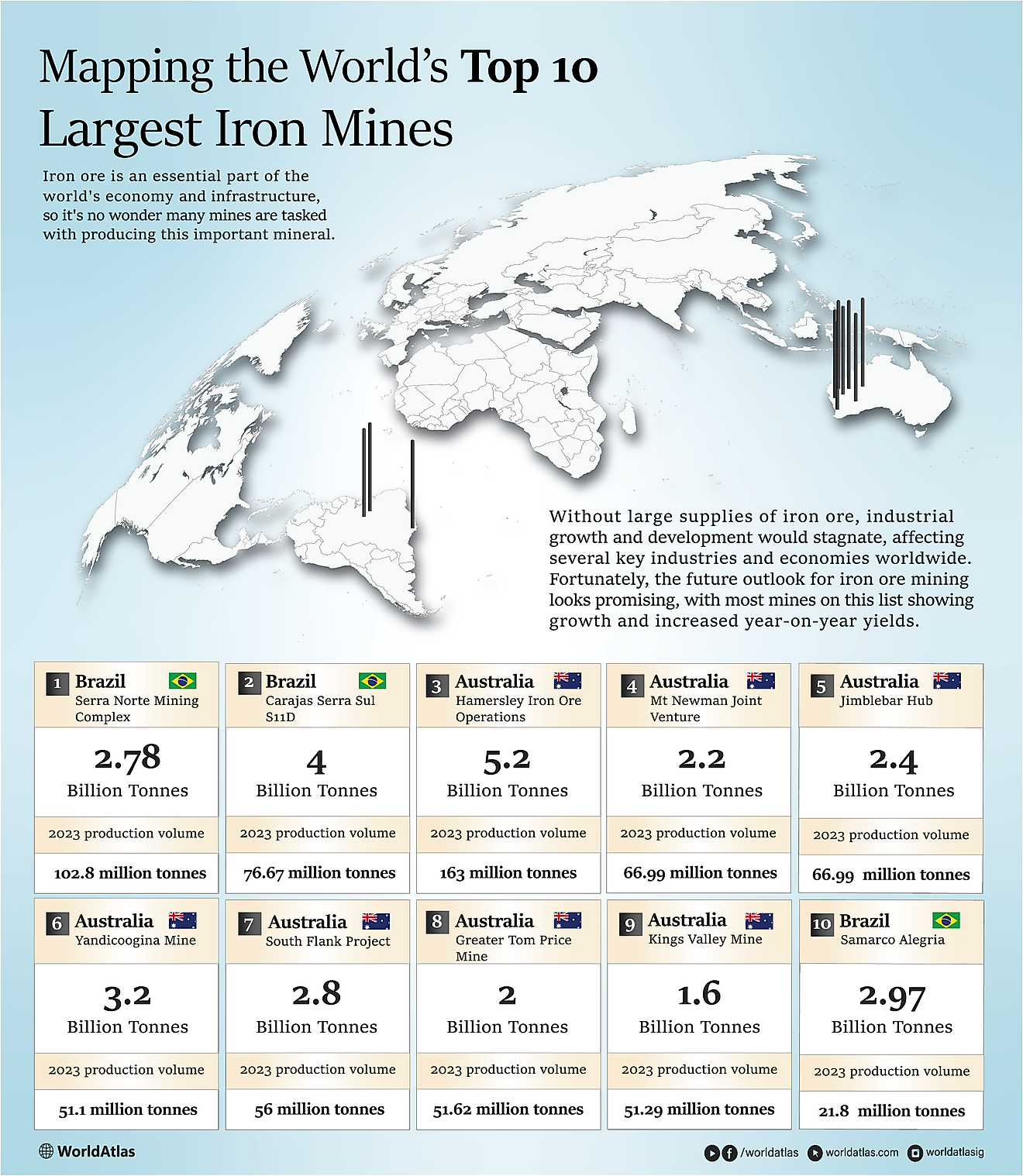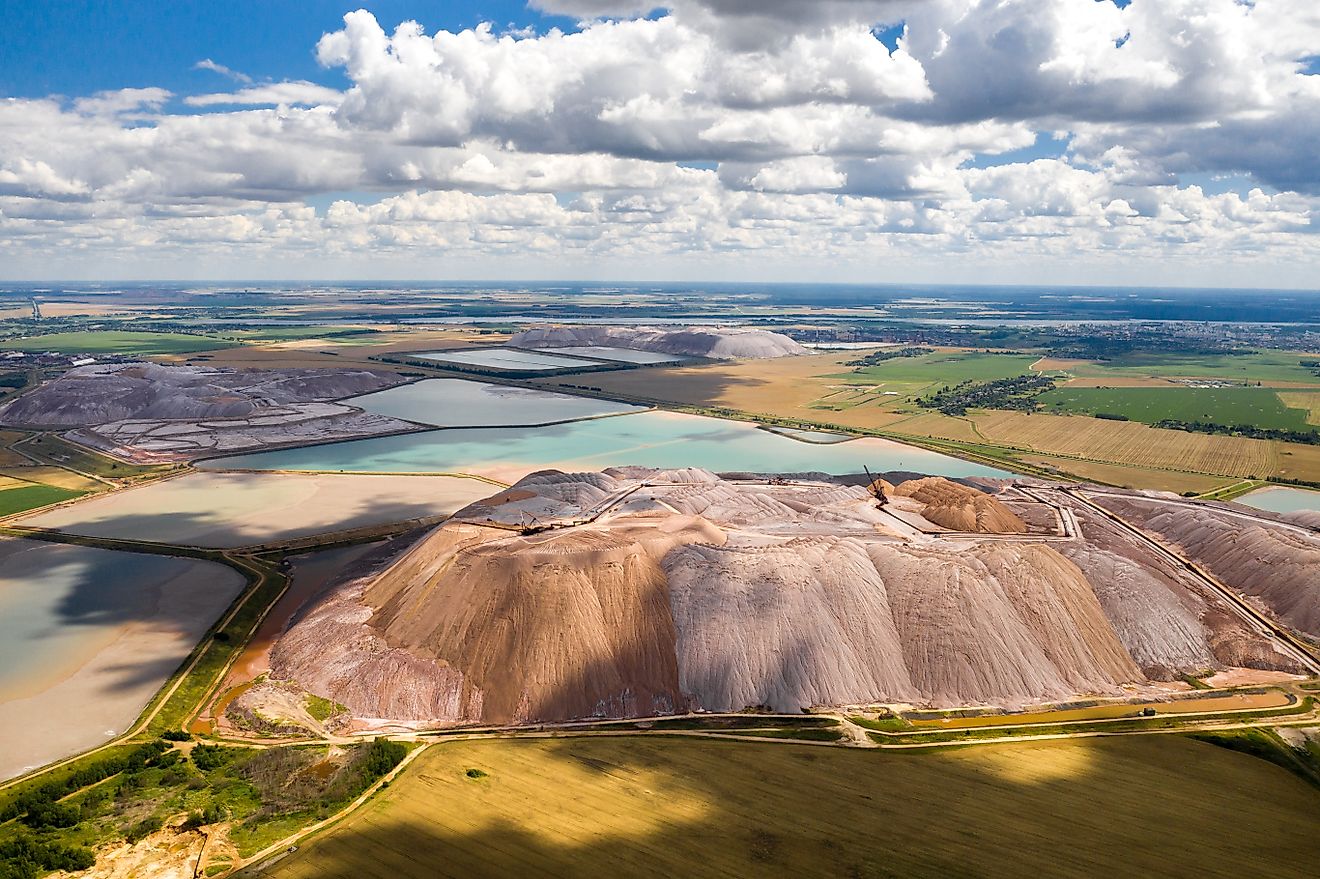Trans-Pacific Partnership (TPP) Countries

What Is The Trans-Pacific Partnership?
The Trans-Pacific Partnership (TPP) is a proposed trade agreement between countries bordering the Pacific Rim. The objective of this agreement is to strengthen economic relations among its member nations by making trade easier and cutting tariffs. The resulting trade community will be similar to the European Union market.
History Of TPP
The TPP has its roots in the Trans-Pacific Strategic Economic Partnership Agreement (TPSEP), signed by Singapore, Chile, New Zealand, and Brunei in 2005. By signing this trade treaty, member states committed to promoting its agreement to other countries. One of the biggest benefits to the TPSEP was the 2015 elimination of trade tariffs.
The US initiated discussions with TPSEP about free trade for financial services in 2008. This marked the beginning of an international negotiations process that continued for 7 years. The TPP agreement was born of these negotiations and was officially announced on October 5, 2015.
Who Are The Potential TPP Countries?
The United States was the first country to express interest in the TPSEP agreement. Seven countries stepped up after the US announced its involvement in negotiations in September of 2008. Australia, Peru, and Vietnam all announced their intent to join the trade agreement in November of 2008. Malaysia joined negotiations in October of 2010, the same year that Canada became an observer. Initially, however, the US and New Zealand blocked Canada from joining due to some of its internal trade policies. In October of 2012, both Canada and Mexico officially became part of the negotiations process after undergoing domestic talks with the other members. Japan became the final official member in July of 2013
Potential Benefits Of TPP To TPP Countries
Supporters of the TPP agreement name a number of potential benefits. The biggest impact for member nations will be, perhaps, the 18,000 scheduled tariff decreases. For the US, this means that the vast majority of its manufactured and agricultural products will be tariff free, almost immediately. The agreement will also remove all tariffs on clothing and textiles. Some tariffs will be lifted or reduced gradually.
This agreement was not written with only trade in mind, however. It also requires that members be within the guidelines of the Convention on International Trade in Endangered Species of Wild Fauna and Flora (CITES). It is the first trade agreement that bans fishing subsidies in an effort to prevent overfishing. Its members are reportedly required to fight against illegal logging, illegal wildlife trade, illegal fishing, marine pollution, and to protect wetlands and other natural habitats.
Additionally, the TPP prohibits child labor and discrimination against employees while allowing for collective bargaining. The goal behind these additions is to help workers in the informal employment sector move into regulated, formal jobs with benefits and minimum wages.
Criticisms
Despite its many potential benefits, the TPP agreement has been met with many criticisms. The chief of these concerns is that free trade agreements, based on neoliberal politics, allow for corporations to maximize profit while the working class is forced to compete with each other across international borders. Critics believe that these types of trade agreements result in reduced wages and increased poverty. Job insecurity and a widening gap between the rich and the poor could also be triggered by such agreements.
Trans-Pacific Partnership (TPP) Countries
| Rank | Country | Status 2005 agreement | Signature of TPP | Start of TPP Negotiations |
|---|---|---|---|---|
| 1 | Singapore | Party (28 May 2006) | 4 February 2016 | February 2008 |
| 2 | Brunei | Party (28 May 2006) | 4 February 2016 | February 2008 |
| 3 | New Zealand | Party (12 July 2006) | 4 February 2016 | February 2008 |
| 4 | Chile | Party (8 November 2006) | 4 February 2016 | February 2008 |
| 5 | United States | Non-party | 4 February 2016 | February 2008 |
| 6 | Australia | Non-party | 4 February 2016 | November 2008 |
| 7 | Peru | Non-party | 4 February 2016 | November 2008 |
| 8 | Vietnam | Non-party | 4 February 2016 | November 2008 |
| 9 | Malaysia | Non-party | 4 February 2016 | October 2010 |
| 10 | Mexico | Non-party | 4 February 2016 | October 2012 |
| 11 | Canada | Non-party | 4 February 2016 | October 2012 |
| 12 | Japan | Non-party | 4 February 2016 | May 2013 |











